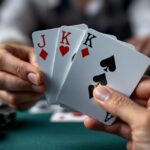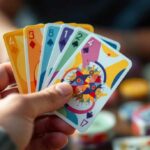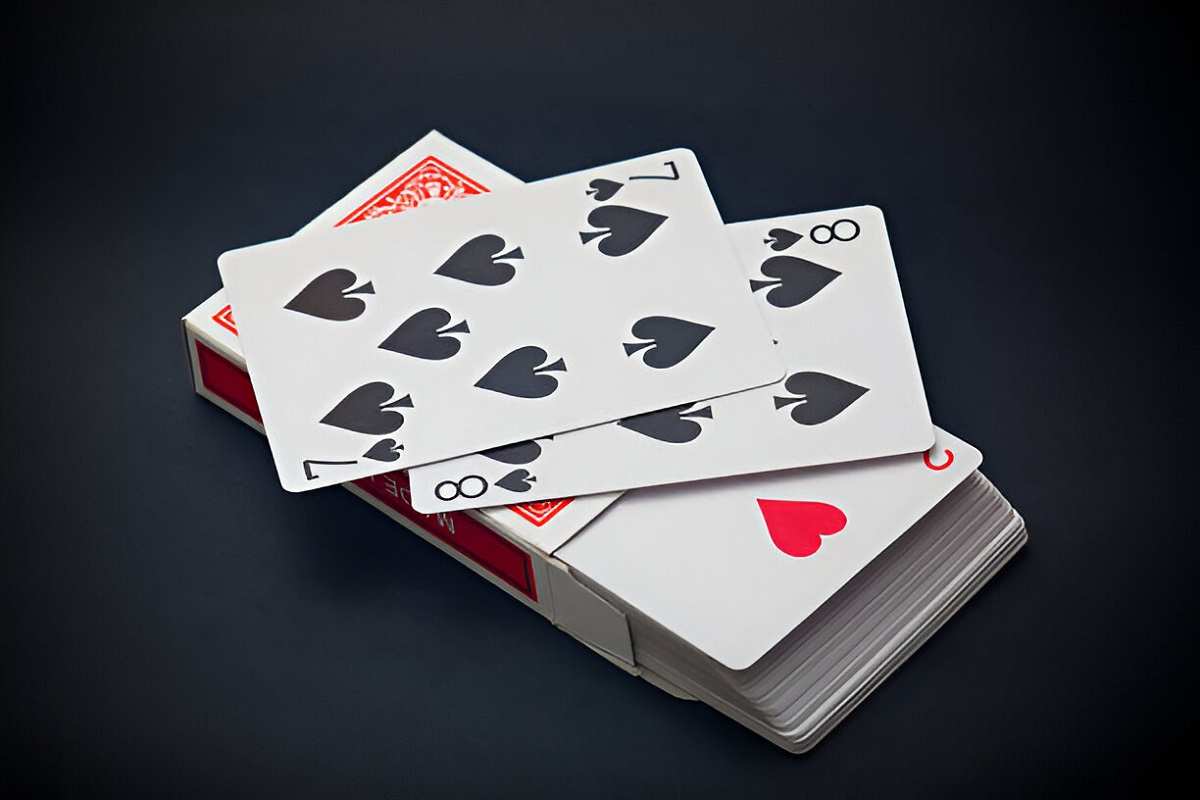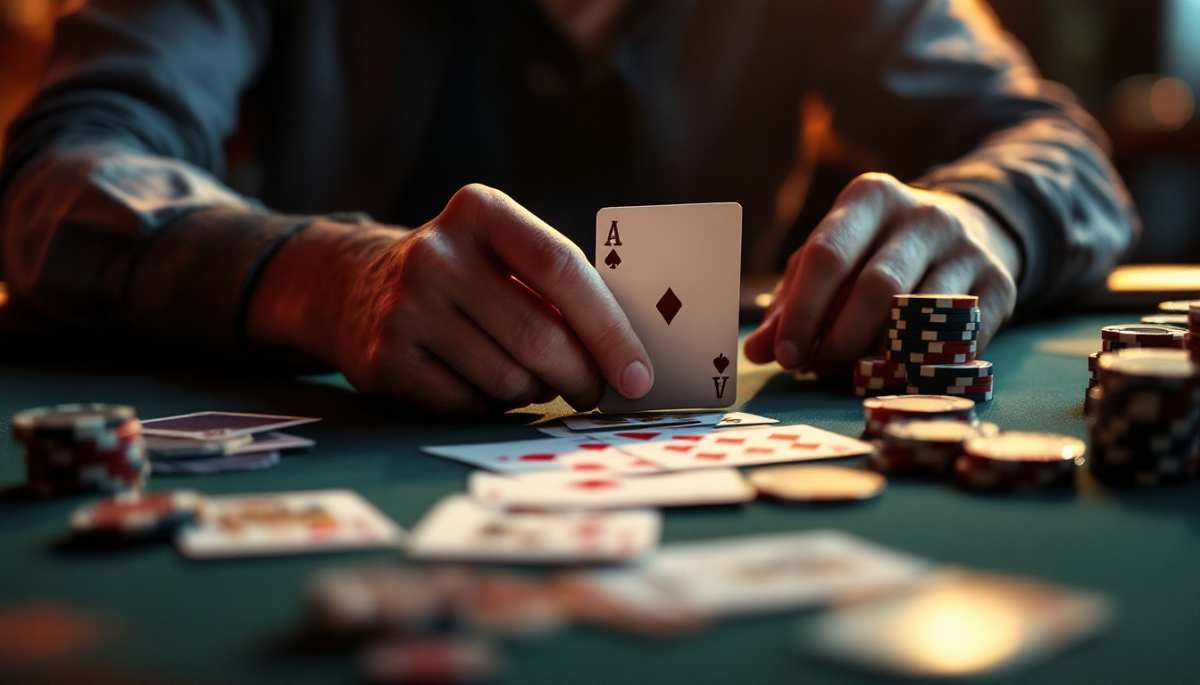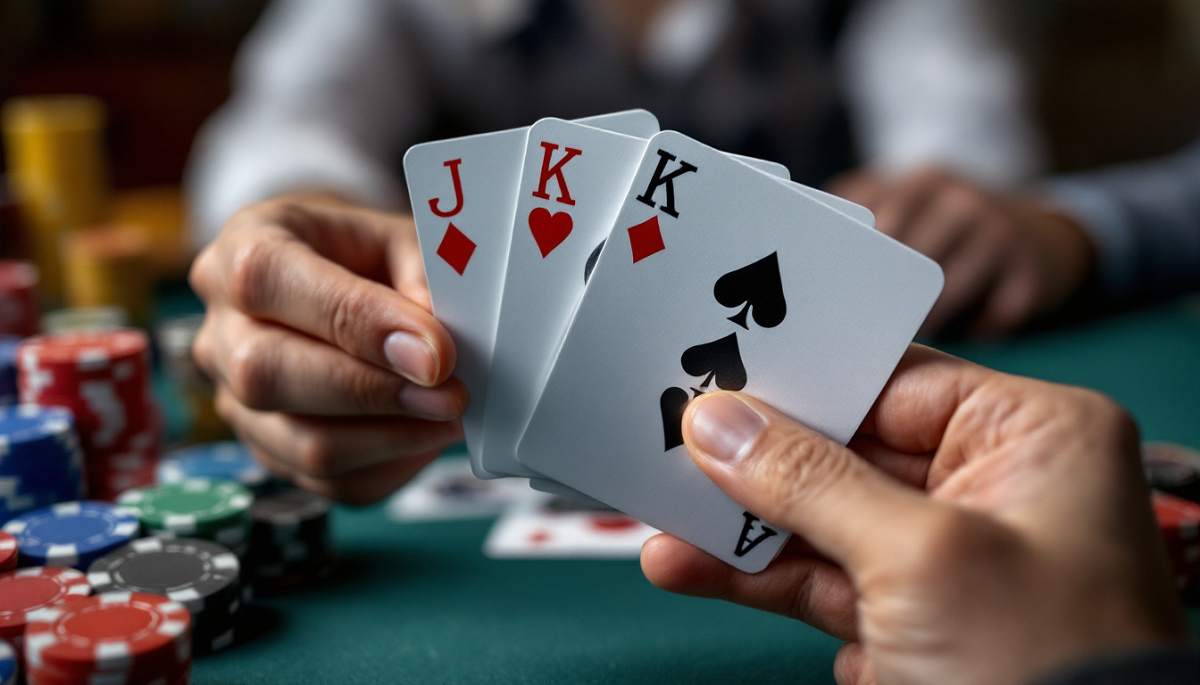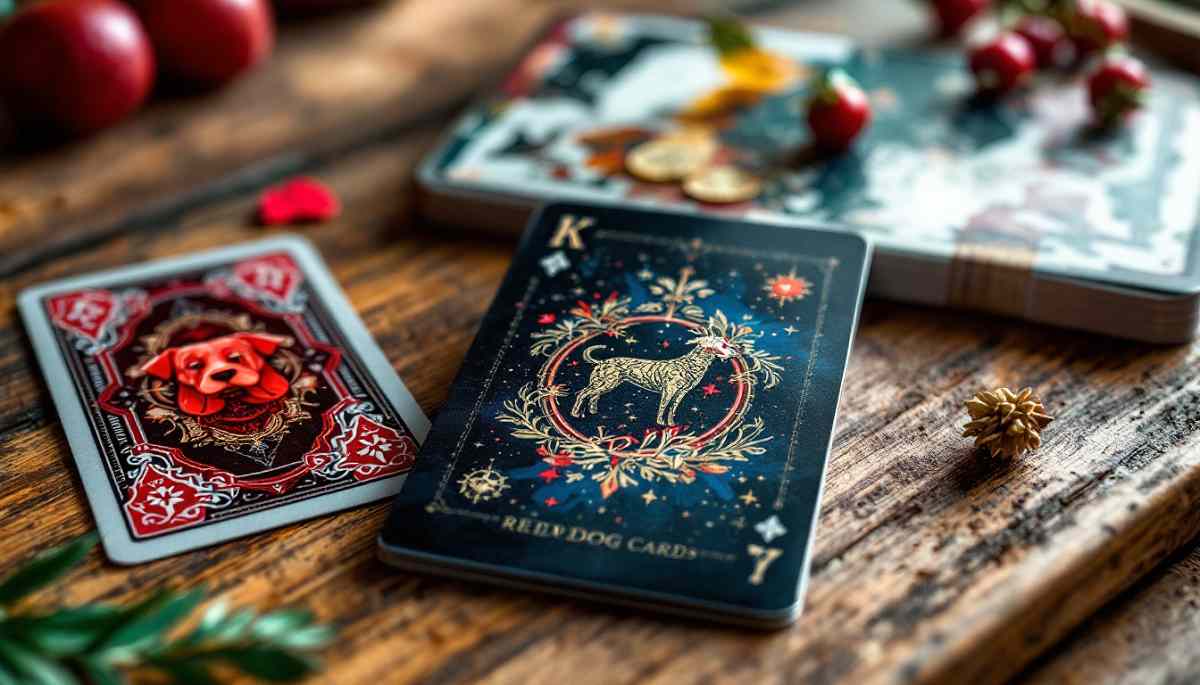Playing cards are often seen merely as a tool for games, but their potential extends far beyond the poker table or a casual game of solitaire. This article explores ten fascinating ways to utilize a pack of playing cards, revealing their versatility and creativity in various contexts.
Table of Contents
Understanding the Versatility of Playing Cards
The History of Playing Cards
The origins of playing cards are somewhat murky, but they are believed to have first appeared in 9th-century China, gaining popularity through trade routes. Throughout the centuries, they spread across Asia and eventually made their way to Europe in the 14th century. Each culture adapted the cards to its tastes, leading to the development of different suits and designs that we recognize today.
In the 15th century, cards began to take on more standardized forms, with the introduction of the four suits: hearts, diamonds, clubs, and spades. This standardization allowed for the widespread popularity of various card games, making playing cards a staple of social entertainment worldwide. Interestingly, the symbolism of the suits has also evolved over time, with hearts representing love, diamonds symbolizing wealth, clubs associated with agriculture and labor, and spades often linked to the military and power. This rich tapestry of meanings adds an extra layer of depth to the games we play today.
The Structure of a Standard Card Deck
A standard deck of playing cards consists of 52 cards divided into four suits. Each suit contains cards numbered from 2 to 10, followed by a Jack, Queen, King, and Ace. Additionally, many decks include two Joker cards, which can be used in specific games or as wild cards.
Understanding the structure of a card deck is crucial when exploring its various uses. The imagery and numbers on the cards can be utilized in games, crafts, and educational activities, showcasing their versatility. For instance, educators often employ playing cards to teach mathematical concepts, such as addition and probability, by incorporating fun and interactive games that engage students. Furthermore, the artistic designs on playing cards have inspired countless artists and designers, leading to unique and themed decks that celebrate everything from pop culture to historical events, making them not just tools for games but also collectible art pieces.
Creative Uses for Playing Cards
Crafting with Cards
Playing cards can serve as a fantastic medium for various crafting projects. Their sturdy material and colorful designs make them ideal for creating unique items. Here are some craft ideas:
- Bookmarks: Cut and decorate cards to use as bookmarks. They are not only functional but also add a personal touch to your reading material.
- Greeting Cards: Use cards as the base for DIY greeting cards. You can write messages on the blank side or create collages using multiple cards.
- Memory Games: Transform playing cards into a memory matching game, perfect for children or family gatherings.
Beyond these ideas, you can also create custom puzzles by cutting cards into various shapes and challenging friends and family to put them back together. This not only provides entertainment but also allows for a personalized touch, as you can use cards that hold special memories or themes. Additionally, consider making a card-themed scrapbook, where each page can showcase a different card or a story associated with it, enhancing both creativity and nostalgia.
Decorative Uses for Playing Cards
In addition to crafting, playing cards can enhance home décor. Their vibrant colors and designs can be repurposed creatively:
- Wall Art: Arrange cards in a collage frame to create a unique piece of wall art. This can become a conversation starter in any room.
- Table Centerpieces: Use cards to craft centerpieces for events or parties, adding a playful element to your décor.
- Ornamentation: Cut shapes out of the cards and string them together for garlands, perfect for parties or festive occasions.
Moreover, you can use playing cards to create a whimsical mobile that can hang from the ceiling, adding a touch of charm to any space. This can be particularly enchanting in children’s rooms or play areas. Another idea is to repurpose cards into coasters; simply laminate them for durability, and you’ll have a set of unique coasters that spark conversation. By integrating playing cards into your home décor, you not only recycle but also infuse your space with a sense of fun and creativity.
Educational Uses for Playing Cards
Math Games Using Cards
Playing cards offer an engaging way to teach and reinforce math skills. Here are a few games that can enrich a learning experience:
- Addition War: Players flip two cards at a time and add them to see who has the higher total. This game fosters basic addition skills while being highly interactive.
- Multiplication Madness: Players can turn cards face up and multiply the two cards, thus practicing their multiplication tables through a fun, competitive format.
These games not only improve mathematical comprehension but also encourage a love for learning through play. Additionally, incorporating variations such as using wild cards or assigning point values to face cards can further challenge players and deepen their understanding of mathematical concepts. For instance, you could introduce a rule where players must also explain their thought process when calculating their totals, thereby enhancing verbal skills alongside numerical ones. This multi-faceted approach to learning ensures that students remain engaged and can apply their math skills in various contexts.
Memory Improvement with Card Games
Card games can significantly enhance cognitive abilities, especially memory. Engaging in these activities can sharpen concentration and recall. Some effective card games for memory training include:
- Concentration: Lay cards face down and take turns flipping two at a time to find matching pairs, enhancing memory through repetition.
- Seven Card Stud: Players must remember which cards they and their opponents have, promoting strategic thinking and memory retention.
Through regular play, individuals can experience improvements in memory retention and cognitive agility. Furthermore, the social aspect of playing card games can also boost emotional intelligence, as players learn to read their opponents’ cues and adapt their strategies accordingly. This interaction not only reinforces memory skills but also fosters teamwork and communication. By introducing variations such as timed rounds or team-based play, educators can create a dynamic learning environment that keeps players motivated and eager to improve their cognitive skills while enjoying the thrill of competition.
Traditional and Non-Traditional Card Games
Popular Card Games Around the World
Playing cards have spawned a multitude of games worldwide, each with its own unique rules and cultural significance. Some renowned card games include:
- Bridge: A social trick-taking game that promotes strategic predication and partnership, often played competitively.
- Poker: Popular worldwide, poker combines skills of chance and strategy, leading to variations like Texas Hold’em and Omaha.
- Rummy: Known for its simple, straightforward gameplay, rummy focuses on forming sets and runs of cards.
Each of these games not only entertains but also nurtures social interaction and critical thinking among players. For instance, bridge is often played in clubs and tournaments, fostering a sense of community among enthusiasts. Poker, on the other hand, has transcended its origins to become a global phenomenon, with major tournaments like the World Series of Poker drawing thousands of participants and millions of viewers. Rummy, with its easy-to-learn mechanics, has found its way into family gatherings and casual game nights, making it a staple in many households. The diversity of these games reflects the rich tapestry of human interaction and the universal love for competition and camaraderie.
Inventing Your Own Card Games
One of the most fulfilling uses of playing cards is the ability to invent your own games. Players can create unique rules and gameplay, often leading to hours of entertainment and laughter. Here are some tips for developing your own card game:
- Gather Inspiration: Start with existing games and modify rules to create something fresh and new.
- Test Play: Assemble a group of friends or family to playtest your game, refining the rules based on their feedback.
- Keep It Simple: A successful game is often simple to understand, making it accessible for a wider audience.
Additionally, consider the theme of your game, as this can greatly enhance the experience. Whether it’s a fantasy adventure, a historical setting, or a whimsical journey, a captivating theme can draw players in and keep them engaged. Furthermore, think about the number of players your game can accommodate; designing for various group sizes can make your game more versatile and appealing. Finally, don’t forget to document your rules clearly, as this will help others understand and enjoy your creation, ensuring that your innovative spirit can be shared and celebrated among friends and family.
Magic Tricks Using Playing Cards
Basic Card Tricks for Beginners
Playing cards are a staple in magic acts, allowing illusionists to perform a variety of tricks. For those starting in magic, here are some simple tricks to master:
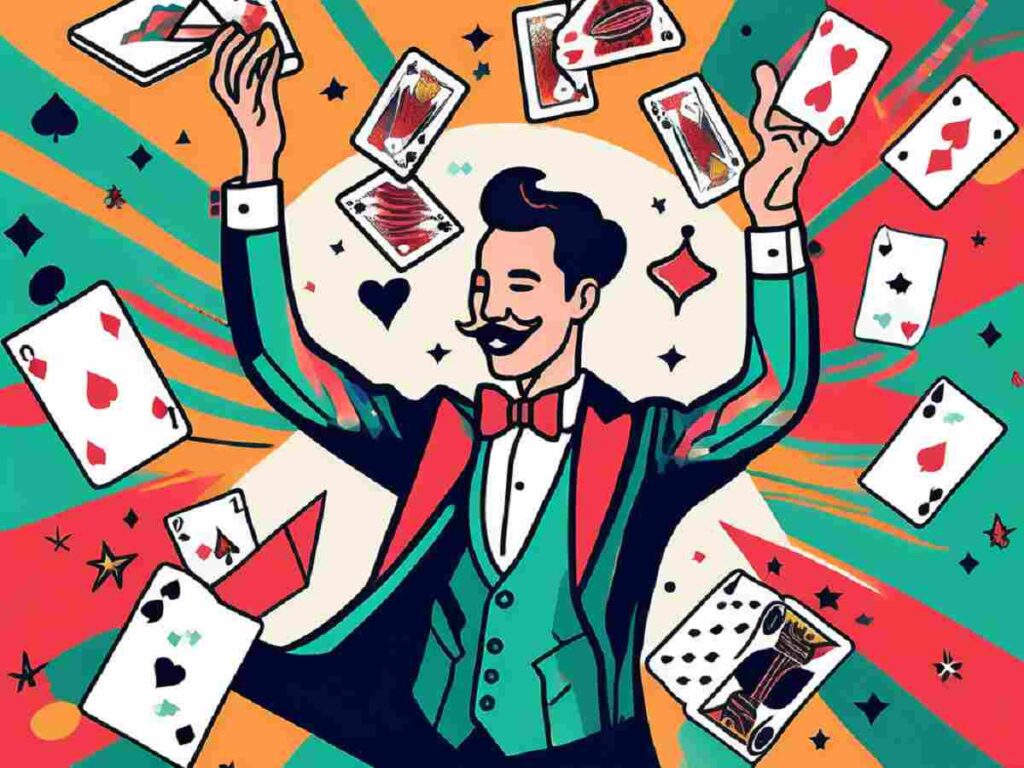
- The Floating Card: A classic illusion where a card appears to float from your hand, capturing the audience’s gaze.
- Card Prediction: Have a spectator pick a card and reveal a previously sealed envelope containing their chosen card, creating a moment of amazement.
With practice, these basic tricks can pave the way to more complex performances, enhancing your skills as a magician. Additionally, the beauty of these tricks lies in their simplicity; they can be performed anywhere, from a casual gathering to a formal event. As you practice, consider incorporating storytelling elements to engage your audience further. A well-timed narrative can transform a simple trick into a memorable experience, making your performance not just about the magic, but also about the connection with your spectators.
Advanced Card Magic Techniques
For those looking to elevate their magic game, advanced techniques can provide impressively captivating performances. These tricks often require more skill and dexterity:
- Palming Cards: This technique allows the magician to secretly hold one or more cards in hand, creating deceptive illusions.
- Card Flourishes: Sophisticated movements that showcase skill and elegance, enhancing the mystique of a magician’s performance.
Mastering these advanced techniques not only showcases a high level of skill but also enhances the overall entertainment value for the audience. Furthermore, the art of misdirection plays a crucial role in advanced card magic. Skilled magicians know how to divert the audience’s attention at the right moment, allowing them to execute their tricks seamlessly. This combination of skillful execution and psychological manipulation can leave spectators in awe, often questioning their own perception of reality. As you delve deeper into advanced card magic, consider studying the psychology behind audience perception, as it can greatly enhance your performance and the impact of your illusions.
Conclusion
From crafting to education, and entertainment to magic, the versatility of a pack of playing cards is undeniable. Their rich history and simple structure provide endless opportunities for creativity and learning. So the next time you shuffle a deck, remember the countless ways you can enjoy and utilize those fifty-two cards.
FAQs
A custom deck where you can design both the card faces and backs with personal images, logos, or themes.
You can use online design tools or professional services to create and print custom playing cards.
Most custom decks use durable cardstock and come with options for matte or glossy coatings.
Yes, many websites allow you to order a single deck or bulk quantities, depending on your needs.
With the right coating and material, custom playing cards are built to last through repeated use.


